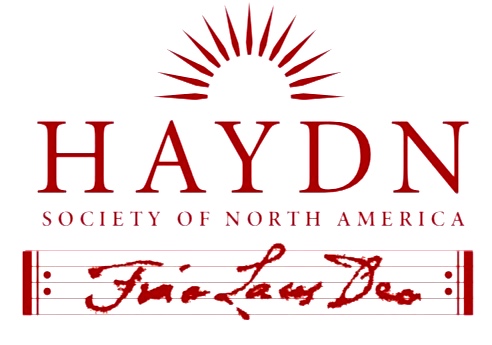
Document Type
Article
Abstract
The third movement of Symphony No. 47 has long been celebrated as one of Haydn’s most extraordinary experiments: after the regular first rendering, the music must be played backwards note for note. More recent research, however, has clarified that Haydn’s solution is not without precedents, inevitably implying as if his piece were a mere copy of earlier examples of an existing tradition. This article examines one by one the palindromic minuets the composer may have been familiar with at the time of writing the symphony, eventually suggesting that Haydn’s contribution introduced two important new elements: he increased the dimensions of the piece so that it could function as a self-contained symphonic movement, and he allowed metric ambiguity to play a central role in the construction. In conclusion I briefly survey the later history of “crab minuets” and propose that, as Haydn’s outstanding contribution faded from prominence, the genre itself rapidly fell into oblivion.
Recommended Citation
Mikusi, Balázs
(2013)
"More Than a Copy: Joseph Haydn's Menuet al roverso in Context,"
HAYDN: Online Journal of the Haydn Society of North America: Vol. 3, Article 19.
Available at:
https://remix.berklee.edu/haydn-journal/vol3/iss2/19
© Haydn Society of North America ; Boston: Berklee Library, 2013. Duplication without the express permission of the author and/or the Haydn Society of North America is prohibited.


